Key Properties
304 stainless steel coil is prized for its several key properties that make it an ideal material for a wide range of applications:
Outstanding Corrosion Resistance: 304 stainless steel offers excellent resistance to a wide range of corrosive environments, including exposure to chemicals, moisture, and saltwater. This makes it suitable for both indoor and outdoor applications, as well as in harsh environments.
High Strength and Durability: The material’s inherent strength ensures that it can withstand heavy loads and resist deformation, making it ideal for structural components and other demanding applications.
Excellent Formability and Weldability: 304 stainless steel can be easily formed and welded into various shapes and structures, making it highly versatile in manufacturing and construction processes. It can be cold worked to increase its strength without compromising its corrosion resistance.
Non-Magnetic in Annealed Condition: When annealed, 304 stainless steel is non-magnetic, which can be an important factor in certain applications where magnetism is undesirable.
Aesthetic Appeal: 304 stainless steel has a bright, reflective finish that is easy to maintain, making it a popular choice for applications where appearance is important.
Applications of 304 Stainless Steel Coil
304 stainless steel coil is used across a broad range of industries due to its exceptional properties. Some of the most common applications include:
Construction and Architecture: 304 stainless steel is widely used in building and construction for applications like cladding, handrails, and structural supports, where both strength and corrosion resistance are required.
Food Processing and Handling: The material’s resistance to food acids and its non-reactive surface make it ideal for food processing equipment, kitchen appliances, and utensils, ensuring compliance with health and safety standards.
Chemical and Petrochemical Industry: 304 stainless steel is commonly used in chemical processing equipment, including tanks, pipes, and heat exchangers, where it resists corrosion from aggressive chemicals.
Automotive Industry: The coil is used in various automotive components, including exhaust systems, trim, and engine parts, due to its durability and resistance to environmental factors.
Medical Equipment: 304 stainless steel’s biocompatibility and resistance to sterilization processes make it suitable for medical instruments, surgical tools, and hospital equipment.
Advantages of Choosing 304 Stainless Steel Coil
When considering materials for your project, 304 stainless steel coil offers several compelling advantages:
Versatility: 304 stainless steel’s ability to perform well in a wide range of environments and applications makes it one of the most versatile materials available.
Reliability: Known for its consistent performance, 304 stainless steel ensures long-lasting durability and resistance to corrosion, even in demanding conditions.
Ease of Fabrication: The material’s excellent formability and weldability allow for easy fabrication, reducing manufacturing costs and increasing efficiency.
Aesthetic Quality: The bright, attractive finish of 304 stainless steel is not only functional but also enhances the visual appeal of any product or structure.
Conclusion
304 stainless steel coil is an exceptional material that offers a perfect balance of strength, corrosion resistance, and versatility. Whether you are looking to build durable structures, manufacture reliable equipment, or create attractive consumer products, 304 stainless steel coil provides the quality and performance you need. Explore our range of 304 stainless steel coils today and discover how this material can meet the demands of your next project.
Common surfaces

Stainless Steel Standards Comparison Table
| STS | USA | UNS | CHINA | EURONORM | RUSSIA | SWEDISH | JAPANESE | |
|---|---|---|---|---|---|---|---|---|
| GRADE | AISI/ASTM | NO | GB | NO | NAME | GOST | SS | JIS |
| 201 | 201 | S20100 | 12Cr17Mn6Ni5N | 1.4372 | - | - | - | SUS 201 |
| 301 | 301 | S30100 | 12Cr17Ni7 | 1.4310 | X 12 CrNi 17 7 | - | 2331 | SUS 301 |
| 303 | 303 | S30300 | 1Cr18Ni9MoZr | 1.4305 | X 10 CrNiS 18 9 | - | 2346 | SUS 303 |
| 304 | 304 | S30400 | 06Cr18Ni9 | 1.4301 | X 6 CrNi 18 10 | 08KH18N10 06KH18N11 |
2332 | SUS 304 |
| 304L | 304L | S30403 | 022Cr19Ni10 | 1.4307 | X 3 CrNi 18 10 | 03KH18N11 | 2352 | SUS 304L |
| 316 | 316 | S31600 | 0Cr17Ni12Mo2 | 1.4401 | X 6 CrNiMo 17 12 2 | - | 2347 | SUS 316 |
| 316L | 316L | S31603 | 022Cr17Ni12Mo2 | 1.4404 | X 3 CrNiMo 17 12 2 | - | 2348 | SUS 316L |
| 316Ti | 316Ti | S31635 | 0Cr18Ni12Mo2Ti | 1.4571 | X 6 CrNiMoTi 17 12 2 | 08KH17N13M2T 10KH17N13M2T |
2350 | - |
| 321 | 321 | S32100 | 0Cr18Ni11Ti | 1.4541/1.4878 | X 6 CrNiTi 18 10 | 12KH18N10T | 2337 | SUS 321 |
| 347 | 347 | S34709 | 0Cr18Ni11Nb | 1.4550 | X 6 CrNiNb 18 10 | - | 2338 | SUS 347 |
| 309S | 309S | S30908 | 0Cr23N13 | 1.4833 | X 6 CrNi 22 13 | 20KH23N18 | - | SUS 309S |
| 310S | 310S | S31008 | 06Cr25Ni20 | 1.4842 | X 6 CrNi 25 20 | 20KH25N20S2 | 2361 | SUS 310S |
| 416 | 416 | S41600 | Y1Cr13 | 1.4005 | X12CrS13 | - | 2380 | SUS 416 |
| 2205 | 2205 | S32205/S31803 | 00Cr22Ni5Mo3N | 1.4462 | X2CrNiMoN22-5-3 | 02Ch22N5AM2 | 2377 | SUS 329J3L |
| 2507 | 2507 | S32750 | 00Cr25Ni7Mo4N | 1.4410 | X 2 CrNiMoN 25-7-4 | - | - | - |
| 904L | 904L | N08904 | - | 1.4539 | - | - | - | - |
| 254SMO | 254SMO | S31254 | - | 1.4547 | X1CrNiMoCuN20-18-7 | - | 2378 | - |
| 253MA | 253MA | S30815 | - | 1.4835 | X9CrNiSiNCe21-11-2 | - | 2368 | - |
| 17-4PH/630 | 17-4PH/630 | S17400 | 0Cr17Ni4Cu4Nb | 1.4542 | X5CrNiCuNb16-4 | 05Ch16N4D2B | - | SUS630 |

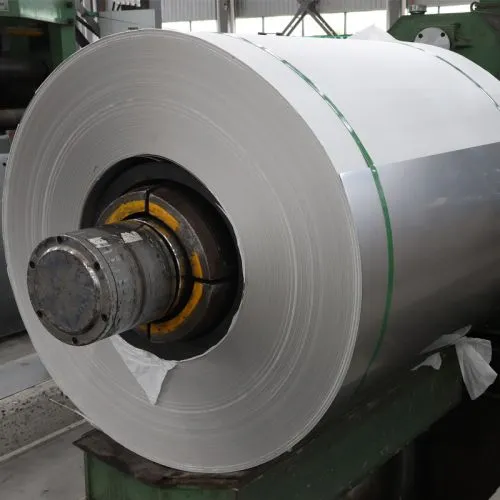 304 stainless steel coil is one of the most widely used stainless steel materials in the world, renowned for its excellent combination of corrosion resistance, strength, and versatility. As part of the austenitic family of stainless steels, 304 stainless steel contains both chromium and nickel, making it highly resistant to oxidation and corrosion in a wide range of environments.
304 stainless steel coil is one of the most widely used stainless steel materials in the world, renowned for its excellent combination of corrosion resistance, strength, and versatility. As part of the austenitic family of stainless steels, 304 stainless steel contains both chromium and nickel, making it highly resistant to oxidation and corrosion in a wide range of environments. 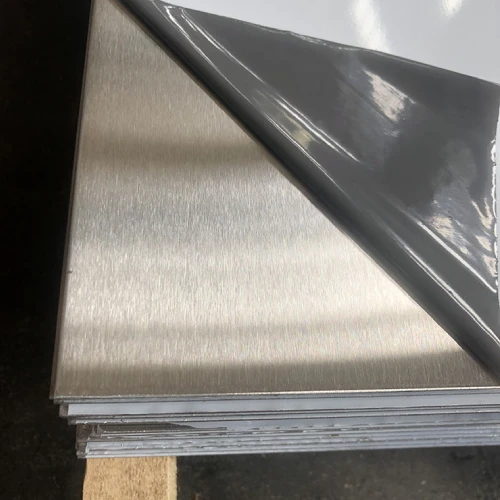 AISI 439 Stainless Steel Plate SUS430LX 1.4510
AISI 439 Stainless Steel Plate SUS430LX 1.4510
 AISI 904L Stainless Steel Bar N08904 1.4539
AISI 904L Stainless Steel Bar N08904 1.4539
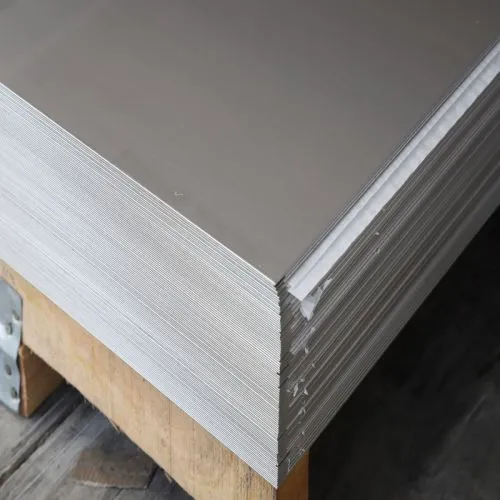 AISI 444 Stainless Steel Sheet SUS444 1.4521
AISI 444 Stainless Steel Sheet SUS444 1.4521
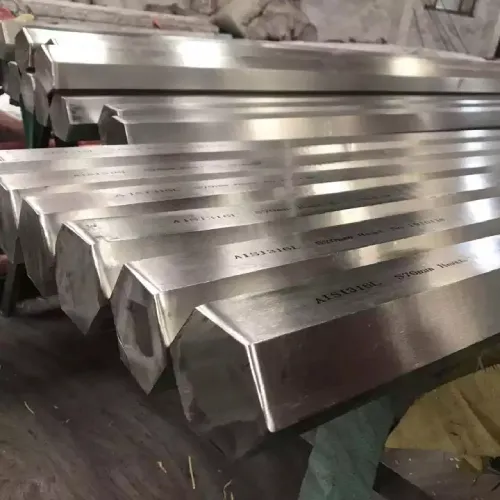 AISI 321 Stainless Steel Bar SUS321 1.4541
AISI 321 Stainless Steel Bar SUS321 1.4541
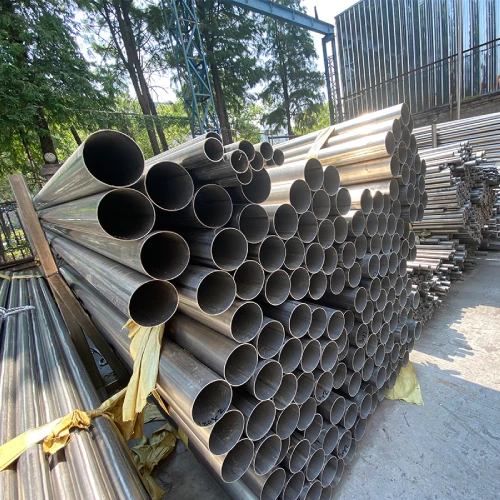 AISI 321 Stainless Steel Tube SUS321 1.4541
AISI 321 Stainless Steel Tube SUS321 1.4541
